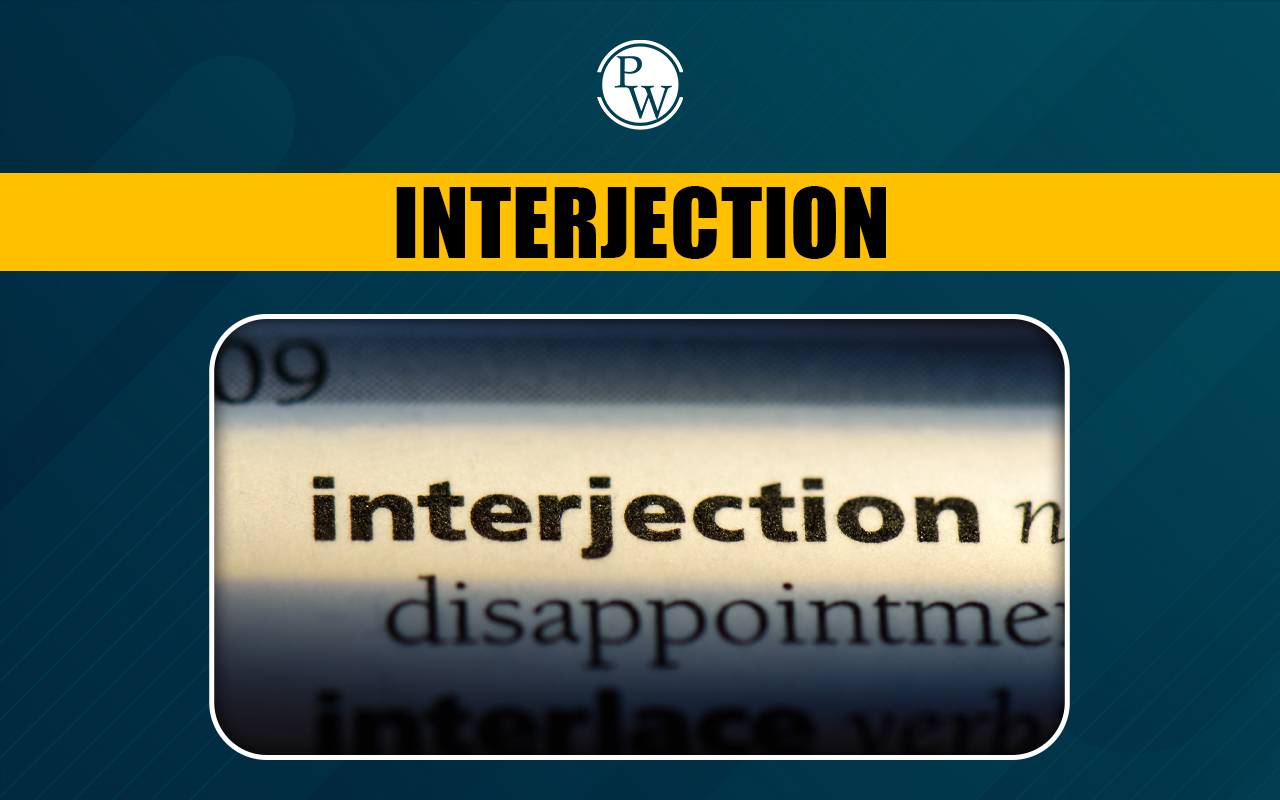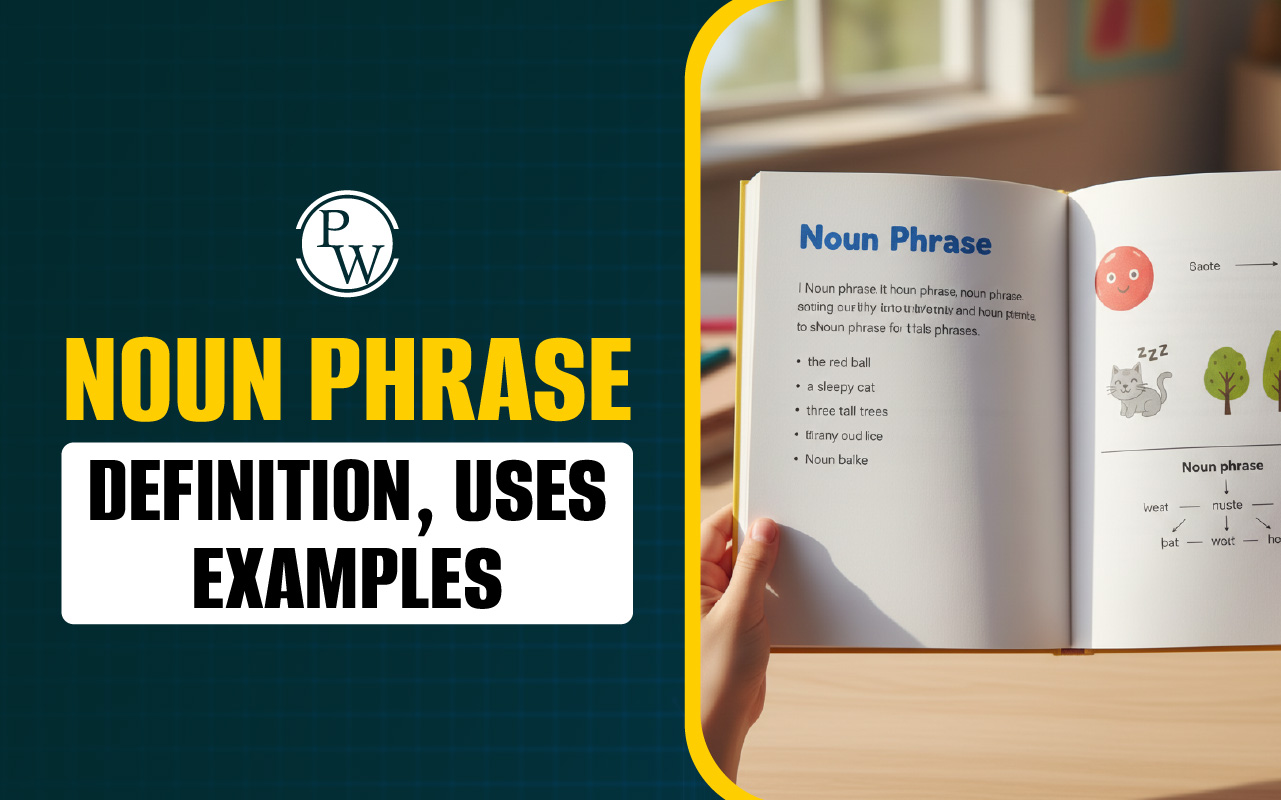
Nutrition in Plants: All living things need food to grow and stay alive. Just like humans and animals, plants also need nutrition to carry out their life activities. Food gives plants the energy to grow and make new parts. But unlike animals, plants cannot move around to find food; instead, they make their own food through the process of photosynthesis.
Nutrition in plants means the way plants take in nutrients and use them to grow, stay healthy, and make their own food. Plants need sunlight, water, air, and minerals from the soil to prepare food. Since they cannot move, they have special ways to get all these things while staying in one place. To learn about the different types of nutrition in plants, keep reading.
Read More: Metals and Non-Metals
Nutrition in Plants
Nutrition in plants is the way plants get and use nutrients to live and grow. These nutrients help them build their parts, stay strong, and make energy. Unlike animals and humans, plants do not eat food. Instead, they take in water and minerals from the soil and carbon dioxide from the air.
Using sunlight and a green pigment called chlorophyll, plants prepare their own food in the leaves through a process called photosynthesis. At the same time, their roots carry water and nutrients from the soil. This whole process helps the plant stay alive and grow well.
So, nutrition in plants is not just about making food. It’s about how they take in simple things from nature and turn them into food and energy. Different plants may follow different ways to get nutrition. These are called types of nutrition, which we will learn about in this article.
Read More: Living Things & Non-Living Things
How Do Plants Get Nutrients?
Plants take in nutrients from the world around them to grow properly. But how do plants get nutrients if they don’t eat like us? They take nutrients from three main sources which are air, water, and soil.
-
From the air, plants absorb a gas called carbon dioxide through small openings in their leaves called stomata. This carbon dioxide is needed for making food through photosynthesis. Plants also take in oxygen from the air, which helps them stay alive and carry out other life processes.
-
From water, plants get hydrogen and also carry nutrients dissolved in it. The roots, especially the tiny root hairs, soak up water from the soil. This water travels through special tubes inside the plant called xylem, carrying nutrients to all parts of the plant.
-
The soil is where most of the nutrients come from. Nutrients like nitrogen, phosphorus, and potassium are present in the soil and are taken up by the plant roots. These nutrients help in making leaves, flowers, and fruits.
So, the answer to the commonly asked question, "How do plants get nutrients?" is: Plants use their roots to take in water and minerals from the soil and their leaves to absorb gases like carbon dioxide and oxygen from the air. Some plants even work with helpful fungi in the soil to get extra nutrients more easily.
Read More: Structure of Atom
Types of Nutrition in Plants
Just like animals, plants also need food to grow and stay alive. But different plants get their food in different ways. This is called the types of nutrition in plants. There are mainly two main types: autotrophic and heterotrophic nutrition. Let’s understand both types of nutrition one by one:
Autotrophic Nutrition
Most plants follow autotrophic nutrition. These plants make their own food using sunlight, water, and carbon dioxide. This process is called photosynthesis. Green leaves have a substance called chlorophyll that helps them use sunlight to prepare food. Plants that use this method are called autotrophs.
So, in autotrophic nutrition, plants do not depend on any other living thing for food. That’s why they are also called producers in the food chain.
Heterotrophic Nutrition
Some plants cannot make their own food. They depend on other plants, animals, or dead matter to get their nutrients. This kind of nutrition is called heterotrophic nutrition. These plants are called heterotrophs. There are different types of heterotrophic nutrition in plants, such as:
-
Parasitic Nutrition: In this type, one plant takes food from another living plant. The plant that gives food is called the host, and the one that takes it is called a parasite. For example, the Dodder plant (Cuscuta).
-
Saprophytic Nutrition: Some plants feed on dead and rotting matter. They do not have chlorophyll, so they cannot do photosynthesis. For example, Mushrooms, Indian pipes.
-
Symbiotic Nutrition: In this type, two different organisms live together and help each other. One gives shelter, the other gives food. Both benefit and no one is harmed. For example, Lichens (a plant formed from algae and fungi living together).
-
Insectivorous Nutrition: Some plants trap and eat insects to get nutrients, especially when the soil is poor. They have special leaves that act like traps. For example, the Pitcher plant, Venus flytrap.
So, the types of nutrition in plants include ways where some plants make food by themselves and others depend on outside sources. This helps them survive in different conditions.
Also Read: Solar system
Nutrition in Plants: Functions of Different Nutrients
Plants need different types of nutrients to grow properly, stay green, and carry out their life processes. These nutrients come mostly from the soil and help the plant in many important ways. If any nutrient is missing or not available in enough amounts, the plant may start showing signs of poor health. This is called nutrient deficiency in plants.
Let us understand the role of nutrients in plants and what happens when they do not get enough of them here:
-
Nitrogen helps the plant make proteins and vitamins to keep their leaves green. If a plant doesn’t get enough nitrogen, its older leaves start turning yellow.
-
Phosphorus helps the plant grow strong roots and take part in making new cells. When phosphorus is missing, the tips of the leaves turn yellow or look burnt.
-
Potassium helps the plant make proteins, control water in cells, and open or close tiny pores on the leaves. If potassium is low, the space between leaf veins turns yellow, and older leaves may dry or wilt.
-
Calcium is important for the growth of new plant parts and helps keep the cell walls strong. Without enough calcium, fruits and flowers may start rotting from the bottom.
-
Magnesium is a part of chlorophyll, which gives the leaf its green colour and helps in photosynthesis. If magnesium is missing, leaves lose their green colour and turn pale or yellow.
-
Sulphur helps in making seeds, some vitamins, and chlorophyll. When a plant doesn’t get enough sulfur, its younger leaves turn yellow first.
-
Iron is needed for making chlorophyll and helps in many chemical changes in the plant. If iron is missing, the young leaves turn yellow, but their veins stay green.
-
Zinc helps the plant grow properly and make important plant hormones. If zinc is low, plants may stay small, and the area between veins on the leaves turns yellow.
-
Copper is needed for healthy stems and for the plant’s normal chemical processes. A plant with low copper may have weak stems and dried branches.
-
Manganese helps in photosynthesis and also in making oxygen from water. When manganese is missing, yellow patches appear between the leaf veins, and small brown spots may develop.
-
Boron supports the growth of new parts of the plant, helps in pollen development, and moves food around the plant. If boron is missing, the plant’s tips may stop growing, and flowers or fruits may not form properly.
-
Chlorine keeps the water balance right in the plant and helps in the process of photosynthesis. Without chlorine, leaves may wilt and turn yellow, and the roots may grow in a bushy way.
-
Molybdenum helps the plant use nitrogen properly. If it is missing, the leaves may turn pale and show dead or dried-up spots.
These nutrients are very important for nutrition in plants. A lack of even one nutrient can affect plant health, growth, and food-making ability. That’s why farmers often use fertilizers to make sure plants get all the nutrients they need.
Read More: List of Amphibian Animal Names
Boost Your Child's Understanding of Science Basics With Online Tuition by CuriousJr
Many children face difficulty in science because their basic understanding is not clear. This can make them feel confused, lose interest, and fall behind in class.
CuriousJr’s Online Tuition for Kids is specially made to help learners build a strong foundation in science. These classes use simple explanations, fun visuals, and easy-to-understand experiments that make learning enjoyable and effective.
What makes CuriousJr’s science online tuition classes stand out?
-
Live interactive classes with a two-teacher model for better personalized attention.
-
Focus on concept-based learning to make topics easy to understand.
-
Homework support to clear doubts and improve regularly.
-
Daily progress tracking so parents can follow their child’s growth.
-
Regular PTMs to discuss learning progress with parents.
Book a demo class today and see how CuriousJr can help your child become confident in science and start loving the subject.
Do you need help with your homework or preparing for exams?
Study without using the internet
Nutrition in Plants FAQs
What does nutrition in plants mean?
What are the different types of nutrition in plants?
How do plants get nutrients?
What nutrients are important for plants?










